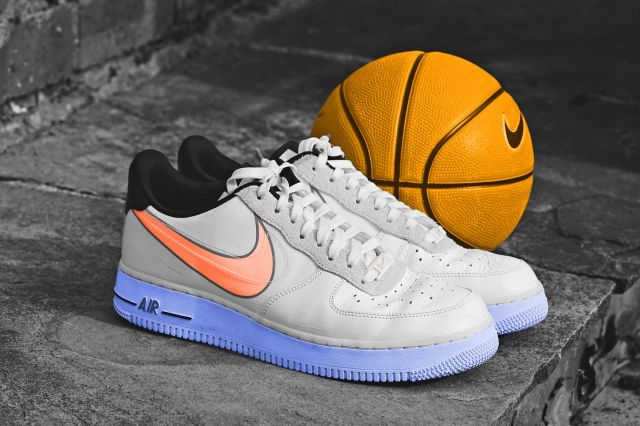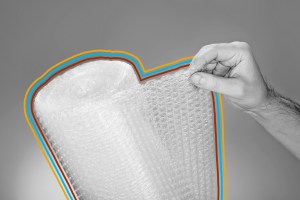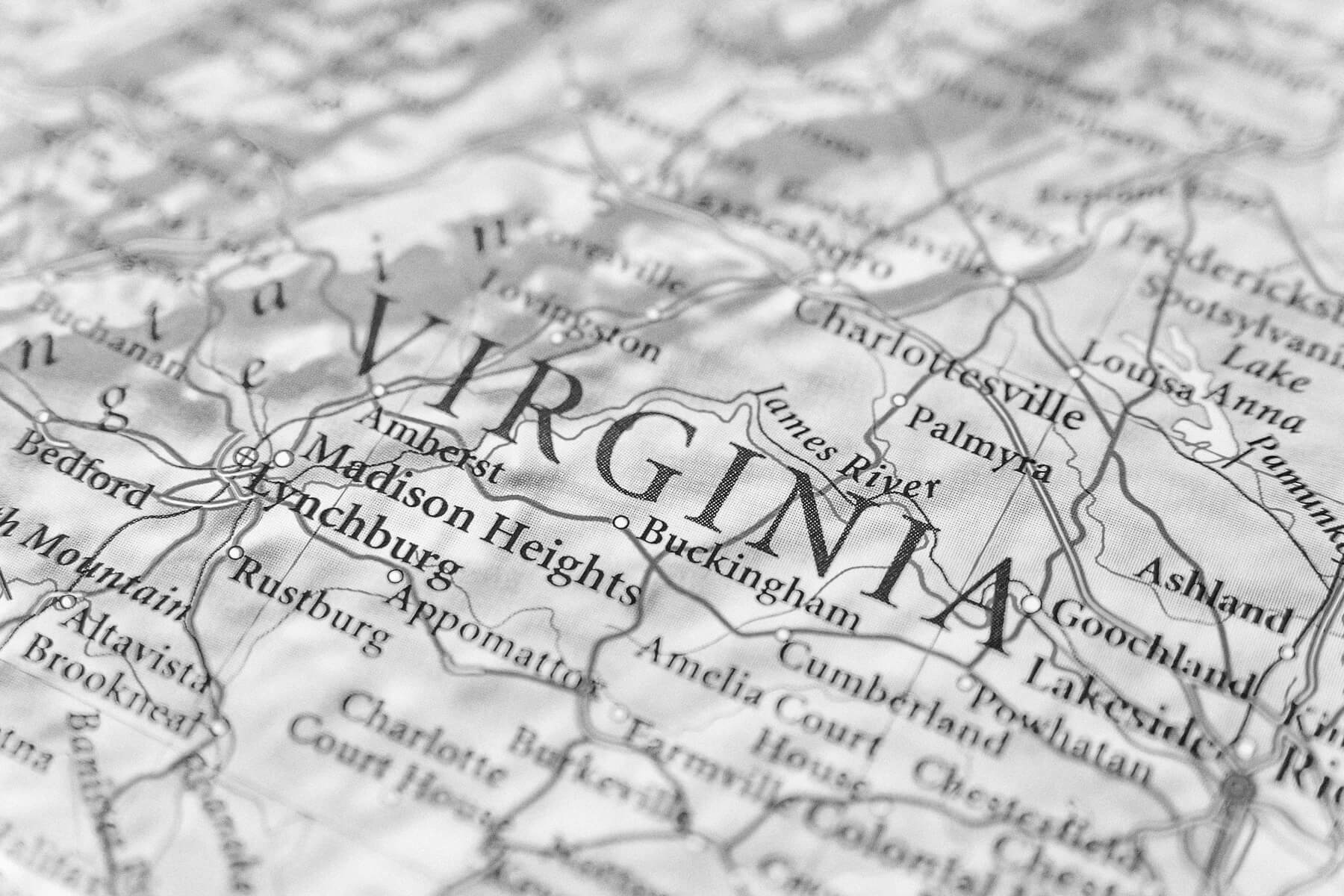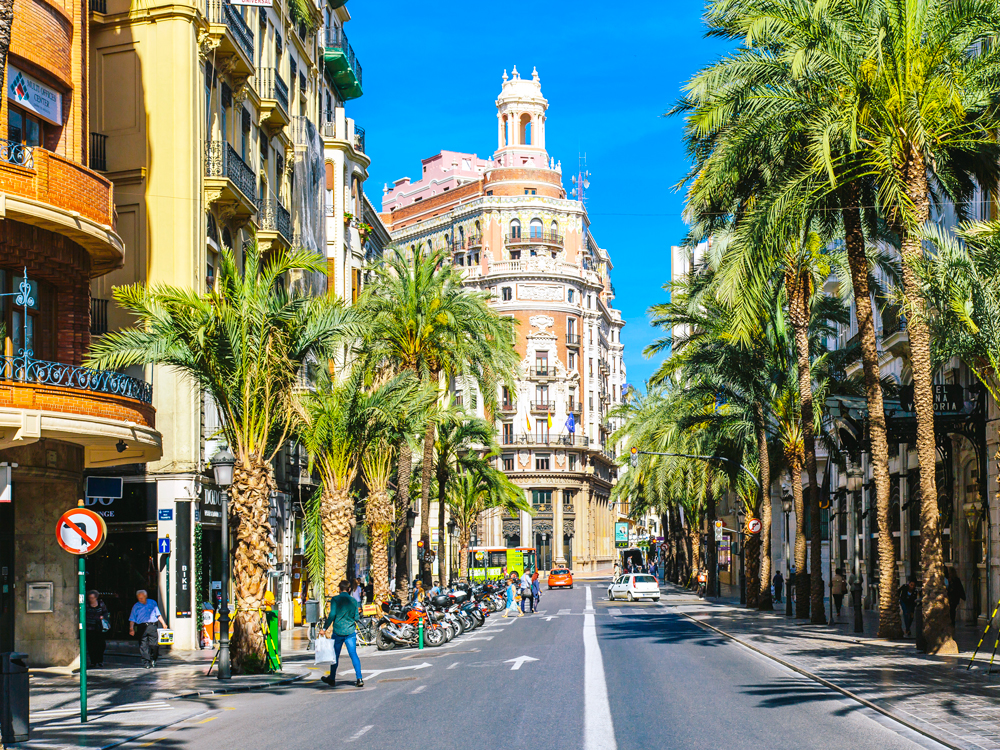
Google Was Originally “BackRub”
Search engines and massage therapy are usually separate spheres. But when Larry Page and Sergey Brin started working together from their dorm rooms at Stanford in the mid-1990s, they built a search engine that used “back links” to determine the relative importance of pages on the web. Thus, they called the search engine BackRub.
To the relief of everyone who uses the internet today, the name didn’t last long. It was soon switched to Google, a riff on the mathematical term “googol,” which refers to the number 1 followed by 100 zeros. According to the company, their new moniker reflected the team’s mission to “organize the world’s information and make it universally accessible and useful.” The term “googol” itself was coined by the American mathematician Edward Kasner, who used it in a 1940 book as an example of a number so large it baffles the imagination. Kasner came up with the term around 1920 with the help of his 9-year-old nephew, who told him that such a silly number required a suitably silly name.
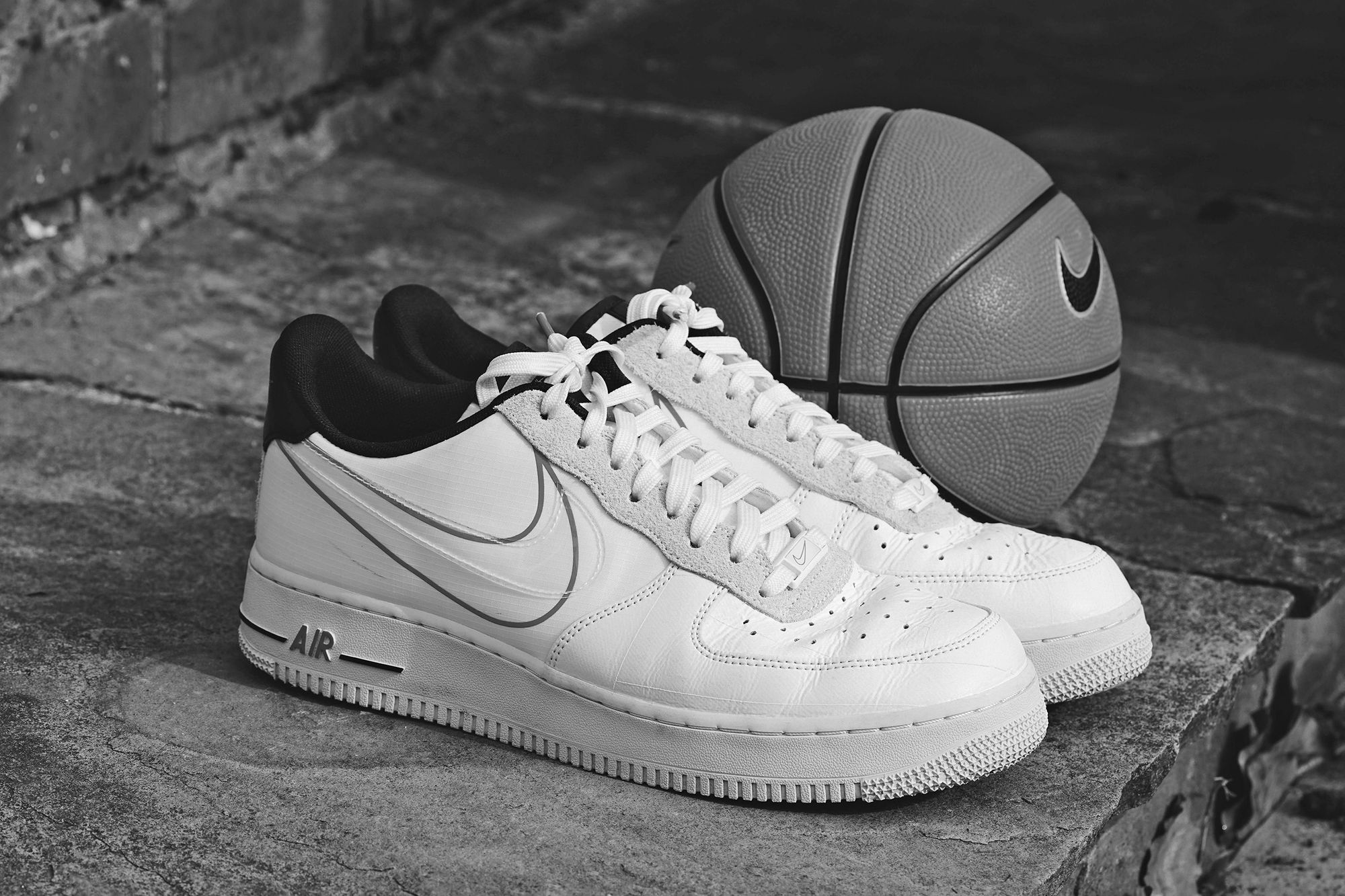
Nike Started Out as “Blue Ribbon Sports”
Nike was founded on a 1964 handshake between Bill Bowerman, then a University of Oregon track-and-field coach, and his former student Phil Knight. At first, they named themselves Blue Ribbon Sports, and served only as the U.S. distributor for Japanese running shoes made by Onitsuka Tiger (now known as Asics).
Then, in 1971, Bowerman and Knight decided to make their own shoes. Their famous swoosh logo actually came first, designed by Portland State University graphic design student Carolyn Davidson. The name choice didn’t happen until the eleventh hour, just before the first shipment of shoes was set to go out. Earlier options included “Dimension Six” (possibly a play on Knight’s love for the music group The 5th Dimension), “Peregrine” (a type of falcon), and “Bengal” (inspired by the brand Puma). But Jeff Johnson, the company’s first employee, had read a magazine article noting that successful brand names were often short with punchy or “exotic” letters like “Z,” “X,” or “K.” He came up with Nike, as in the Greek winged goddess of victory. Knight went with it begrudgingly — but it stuck.
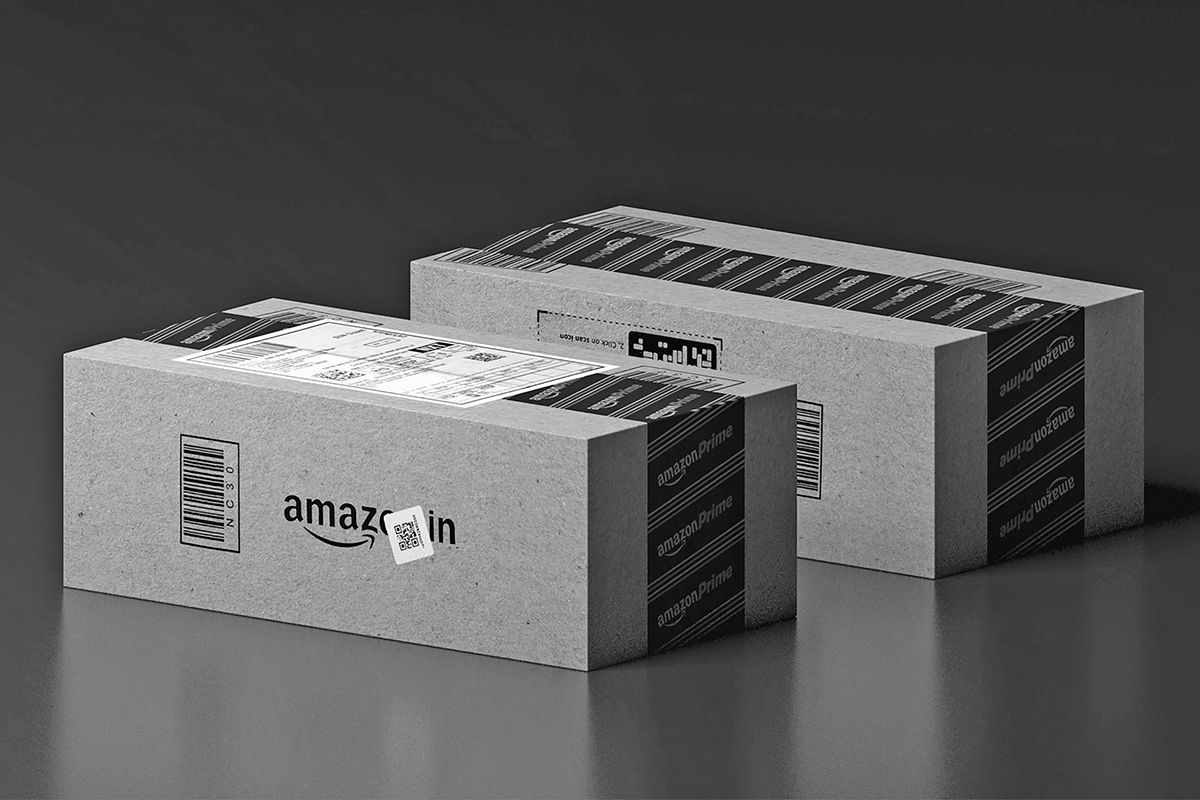
Amazon Was Almost “Relentless”
When Jeff Bezos moved to the Seattle area in 1994 to start an online bookstore, he wanted to call the company “Relentless.” In fact, to this day, typing Relentless.com into your browser will take you to Amazon’s site. Another option he considered was Cadabra, as in “Abracadabra,” an idea that was squashed when Bezos’ lawyer misheard it as “Cadaver.”
The name was changed to “Amazon” in part because the world’s largest river (by volume) suggested a sense of scale; the company’s initial tagline was “Earth’s biggest bookstore.” It was also handy to have a name that began with “A,” because back then, websites were often listed alphabetically on search engines.
More Interesting Reads

Snapple Was Once “Unadulterated Food Products”
Unadulterated Food Products doesn’t have quite the same ring to it that Snapple has, but when the company started out in 1970s New York, it originally sold juice to health food stores. Presumably, the name was a nod to their purity and wholesomeness. The company’s current moniker came about in 1980, inspired by a carbonated apple juice that had a “snappy apple taste.”

Starburst’s Original Name Was “Opal Fruits”
This chewy, fruity candy originated in the United Kingdom as “Opal Fruits.” A few years later, in 1967, the treats debuted in the United States as Starburst, supposedly because they’re “unexplainably juicy.” The reason for the “star” reference isn’t entirely clear, although it may have been an attempt to capitalize on the Space Race of the time, when anything otherworldly was cool. (The U.K. name changed to Starburst in 1998, although it changed back temporarily for a nostalgia-tinged reissue of Opal Fruits in 2020.)

Vaseline Was Originally “Wonder Jelly”
Vaseline has numerous uses, from soothing chapped lips to preventing diaper rash, so it may not be a surprise that it was originally called “Wonder Jelly.” The company got its start in 1859, when a chemist named Robert Chesebrough traveled to Titusville, Pennsylvania, and noticed that oil workers were using rod wax (unrefined petroleum jelly) on their burns and abrasions. After a series of experiments, the young chemist produced a lighter, clearer jelly suitable for household use. The product debuted in 1870 as Wonder Jelly. But in 1872 it was rebranded as Vaseline, a combination of the German word “wasser” (water) and the Greek word “oleon” (oil).

